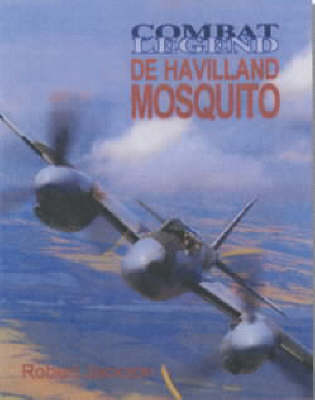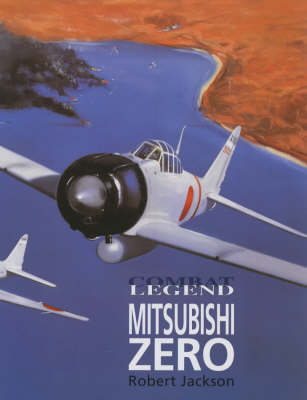Combat Legends S.
2 total works
The Wooden Wonder - the nickname of one of the finest and most elegant airplanes to have been developed during Word War II. Apart from being very fast and versatile, the Mosquito had the added bonus of wooden construction; this was of great significance during the early wartime years when Britain's defense industry was running short of raw materials and skills to manufacture in steel and alloy. Working with wood utilized a large body of hitherto under-employed skilled carpenters and wood was more readily available than metal. The first Mosquito to join the Royal Air Force was a photoreconnaissance Mk I in 1941. It soon became apparent that there was great potential in this Merlin-powered design and before the War had ended it was flying as a fast light bomber, a night fighter and a pathfinder on night bombing raids deep into Germany. Over 7,500 aircraft were built.
In late 1941 and early 1942 Zero fighters, flying from carriers or land bases, wrought havoc over Pearl Harbor, the Philippines, Singapore and other targets in the Pacific. When the tide of war turned against the Japanese, Zero Pilots died by the hundred in air battles or kamikaze attacks on the advancing American forces. When first adopted into service in 1940, the Zero was equal to any other fighter in service throughout the world and better than most. In the latter stages of the war the Hellcat and Lightning eventually outclassed the aircraft.

